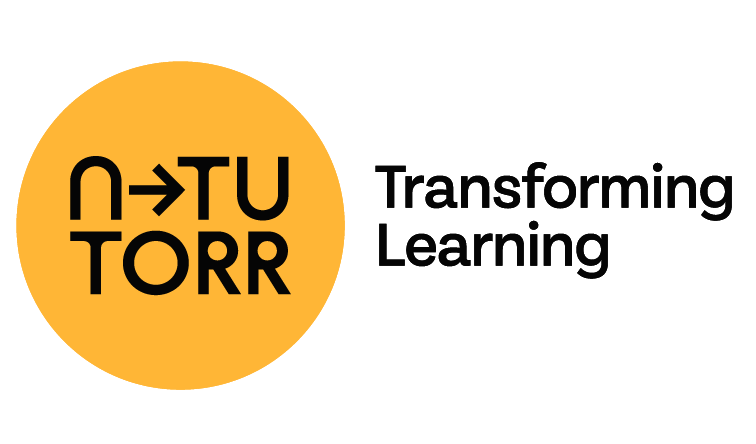
Source
The Globe and Mail
Summary
AI has shifted from novelty to necessity in Canadian higher education, with almost 60% of students now using it. Professors are experimenting with different approaches: some resist, others regulate, and many actively integrate AI into assessments. Concerns remain about diminished critical thinking, but educators like those at the University of Toronto and University of Guelph argue that ignoring AI leaves graduates unprepared. Strategies include teaching students to refine AI-generated drafts, redesigning assignments to require human input, and adopting oral assessments. The consensus is that policies alone cannot keep pace; practical, ethical, and reflective engagement is essential for preparing students to use AI responsibly.
Key Points
- Nearly 60% of Canadian students use AI for coursework, rising globally to over 90%.
- Professors face a choice: resist, regulate, or embrace AI; ignoring it is seen as untenable.
- Innovative teaching methods include refining AI drafts, training prompt skills, and oral assessments.
- Concerns persist about weakening critical thinking and creativity.
- Preparing students for AI-rich workplaces requires embedding literacy, ethics, and adaptability.
Keywords
URL
Summary generated by ChatGPT 5

